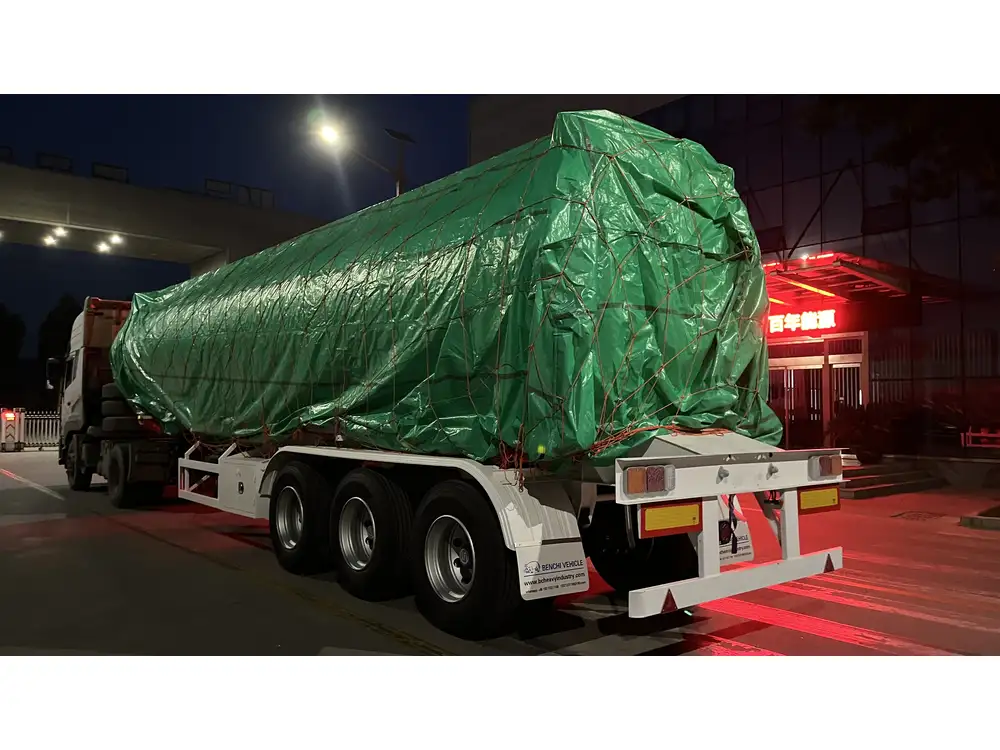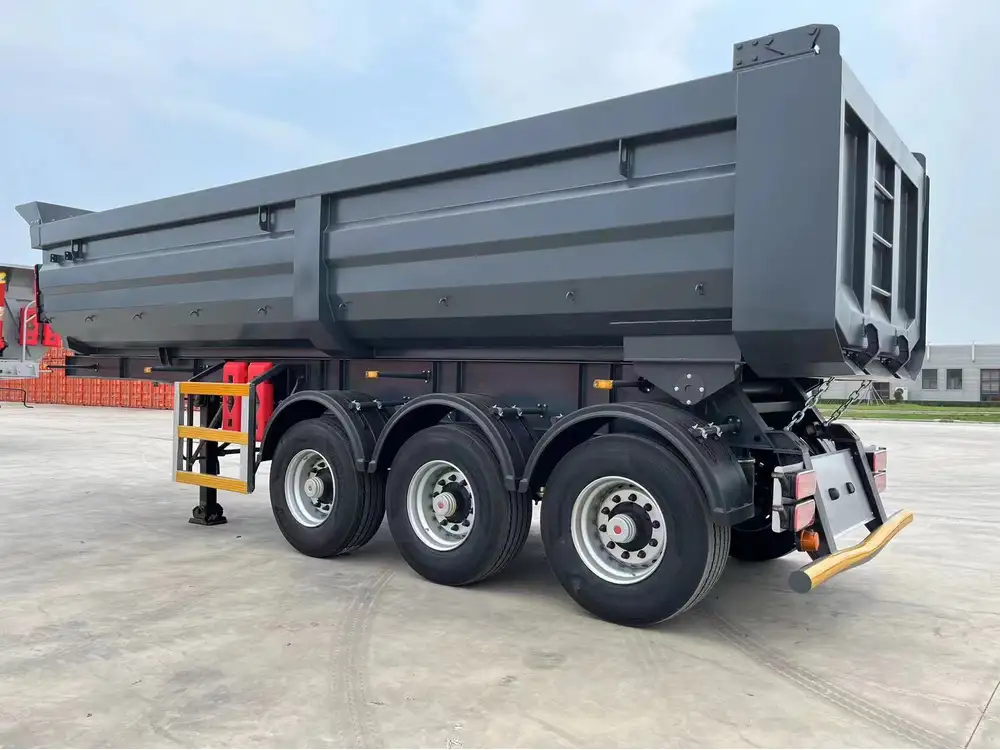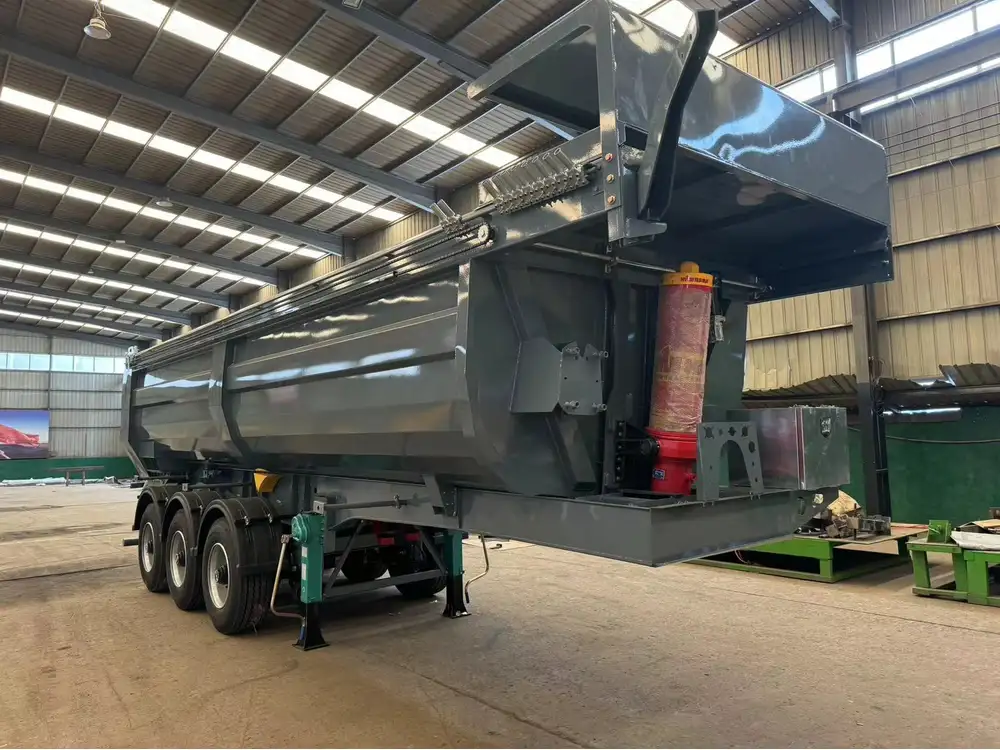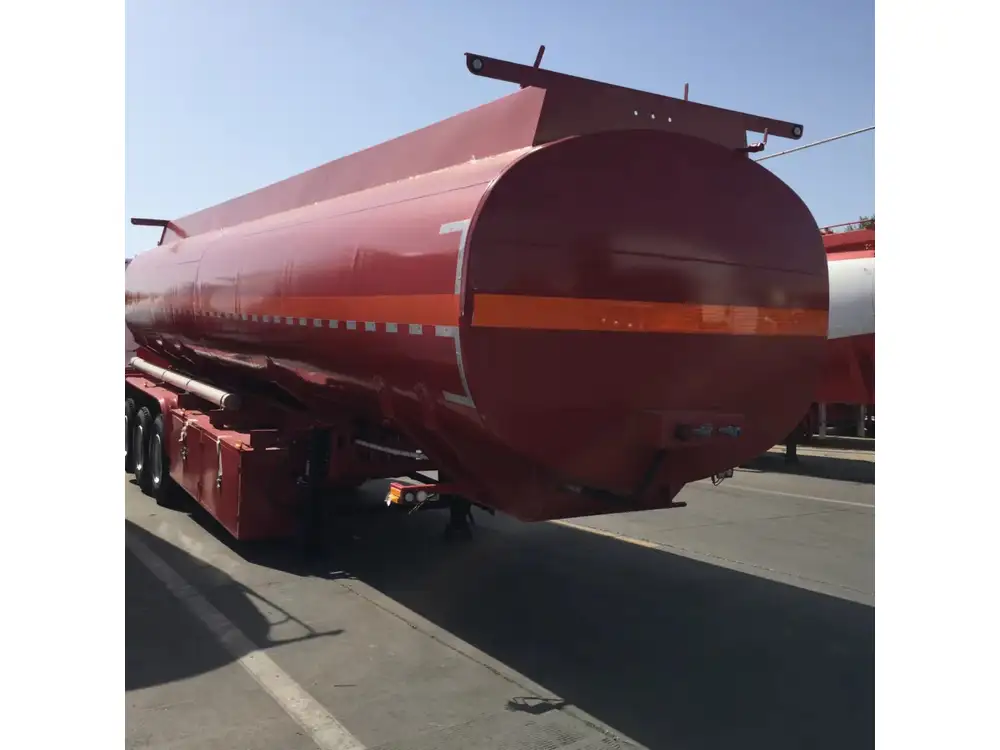Navigating the intricacies of backing up a flatbed trailer can pose a challenge for even seasoned drivers. With its unique characteristics and substantial size, the flatbed trailer demands a blend of skill, strategy, and familiarity. This guide seeks to demystify the process and equip you with practical techniques and insider tips on mastering this essential driving skill.
Understanding the Flatbed Trailer
Before diving into the backing techniques, we need to grasp the structure and features that set flatbed trailers apart from other types. Flatbed trailers lack walls and a roof, providing open access to the load area. This open design presents benefits such as the ability to load and unload from all sides, but it also means that good visibility and spatial awareness become paramount when maneuvering in tight areas.
Key Specifications of Flatbed Trailers
| Feature | Description |
|---|---|
| Length | Ranges from 20 to 53 feet |
| Width | Typically 8.5 feet |
| Weight Capacity | Between 48,000 and 60,000 lbs |
| Towing Vehicle | Often requires a heavy-duty truck |

Preparing to Back Up Your Flatbed Trailer
1. Inspect your surroundings
Before attempting to back up, assess the environment. Look for any potential hazards such as pedestrians, vehicles, or obstacles. A simple walkaround can save you from costly mistakes.
2. Understand your blind spots
With a flatbed trailer, blind spots can span large areas. Familiarize yourself with where these areas are by physically getting into the trailer and visualizing your range of visibility. Understanding these blind spots plays a crucial role in maintaining safety during the maneuvering process.

3. Positioning your towing vehicle
When preparing to back up, ensure your towing vehicle is positioned in a way that allows a clear and direct path to your desired location. Ideally, the truck should be slightly offset to the side, creating space for the trailer’s pivot point at the back.
Techniques for Backing Up a Flatbed Trailer
The Basics of Trailer Steering
One of the fundamental distinctions when it comes to backing up any trailer is the concept of steering in the opposite direction. When you steer left, the back of the trailer will move right and vice versa.

1. The Standard Method: Side Mirror Usage
- Overview: Utilize your side mirrors for better visibility.
- Execution:
- Begin by turning your head to get a better view out of the rear windshield.
- Adjust your mirrors for optimal visibility.
- Slowly reverse, turning the steering wheel opposite to which you want the trailer to go.
2. The “S” Maneuver
- Overview: A method that allows for more significant adjustments in tight spaces.
- Execution:
- As you back up, create a slight angle with your vehicle, leading to the creation of an “S” shape pathway.
- This technique allows for smooth navigation through confined areas.
Visual Representation of the “S” Maneuver
Towing Vehicle Trailer End
| |
|____ ____|
| --> |
| |
3. The Jackknife Technique
This method requires more advanced skills and is ideal when maneuvering into tight spaces.
- Execution:
- To achieve a jackknife, turn your steering sharply towards the direction you wish the trailer to move but only by a small margin.
- This can create a sharper angle that may help in haywire situations.
Chart: Safety Tips While Backing Up
| Tip | Reason |
|---|---|
| Maintain a slow speed | Ensures better control |
| Use a spotter if available | Extra set of eyes can mitigate risks |
| Avoid oversteering | Helps in maintaining a steady path |
| Regularly check mirrors | Keeps you aware of surroundings |
Common Mistakes and How to Avoid Them
Understanding common pitfalls can lead to improved backing techniques.

1. Not Accounting for the Trailer’s Length
The extended length of a flatbed trailer often leads drivers to miscalculate the space required for backing up. Always allow for additional room when turning or reversing.
2. Overcorrection
It’s natural to want to correct a misalignment quickly, but overreacting can lead to jagged, uncontrolled movement. Instead, remain calm and make gradual corrections as needed.
3. Improper Use of Mirrors
Many drivers underestimate the significance of their mirrors. Keep them adjusted before starting and periodically check them while moving to ensure full awareness of the trailer’s position.

Advanced Techniques for Experienced Drivers
For those looking to refine their skills further, consider the following methods:
1. Practice with Cones
Setting up traffic cones can simulate real-world scenarios in a controlled environment. Practice navigating through obstacles without making contact with the cones.
2. Using a Video Monitor
If your truck is equipped with a rearview camera or video monitor, utilize it to gain a deeper perspective of your surroundings.

3. Progressive Techniques
Progressively challenge yourself by backing up in narrower and more congested areas, allowing you to enhance your confidence and capability over time.
Leveraging Technology for Better Maneuvering
Technology continues to aid in the field of driving and maneuvering trailers. Leverage these innovations for improved accuracy:
1. Backup Cameras
High-definition rear-view cameras provide an excellent view directly behind your trailer, allowing for better alignment awareness.

2. Smart Sensors
Modern trailers may incorporate smart sensors that detect nearby objects and provide alerts before collisions occur, enhancing safety.
Conclusion: Mastering Flatbed Trailer Backing
Backing up a flatbed trailer is a skill honed through practice, patience, and proficiency. By following the proper techniques, understanding your surroundings, and continuously refining your skills, you will not only enhance your safety and efficiency but also gain confidence in your maneuvering abilities. Remember, the key elements to successful backing include clear communication, proper decision-making, and diligence.
Ultimately, backing a flatbed trailer is not merely about reversing; it’s about mastering a space that is, by nature, unwieldy. With focus, practice, and these guidelines in your toolbox, you will navigate the complexities of flatbed trailer backing like a seasoned professional.



